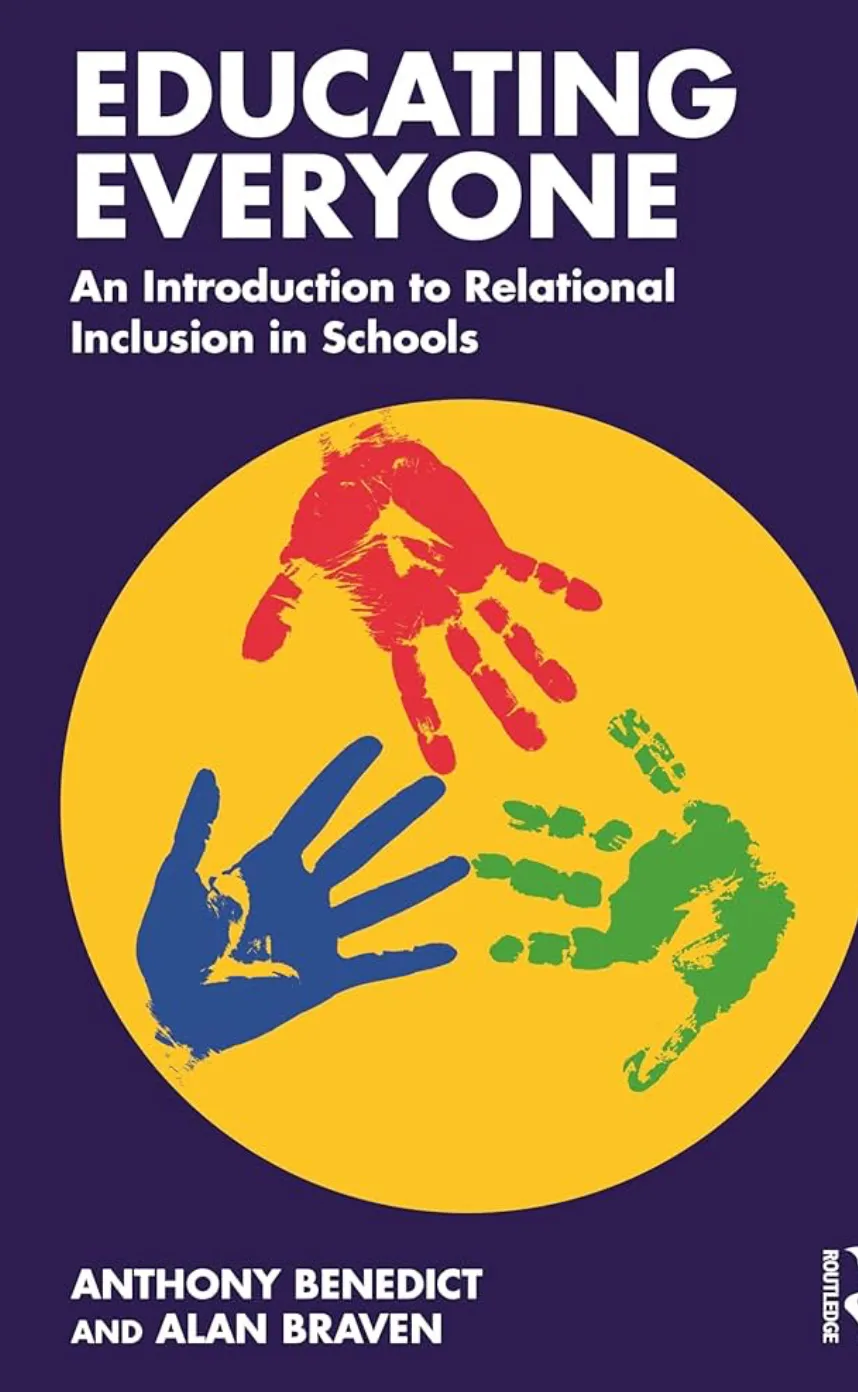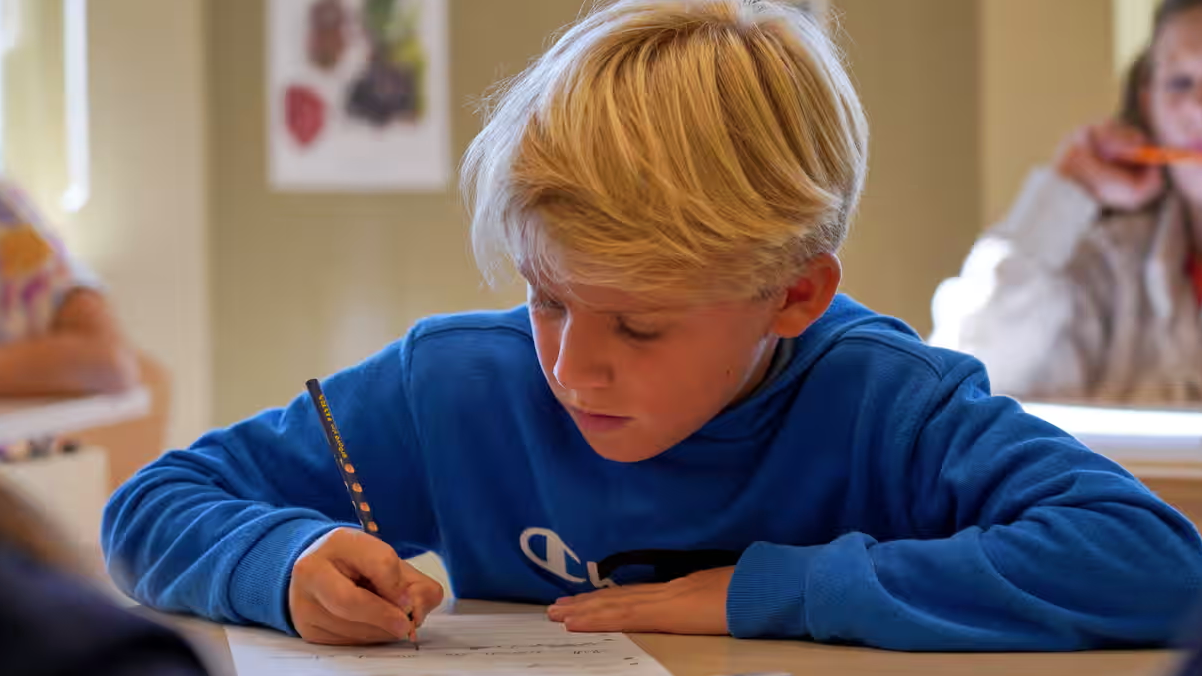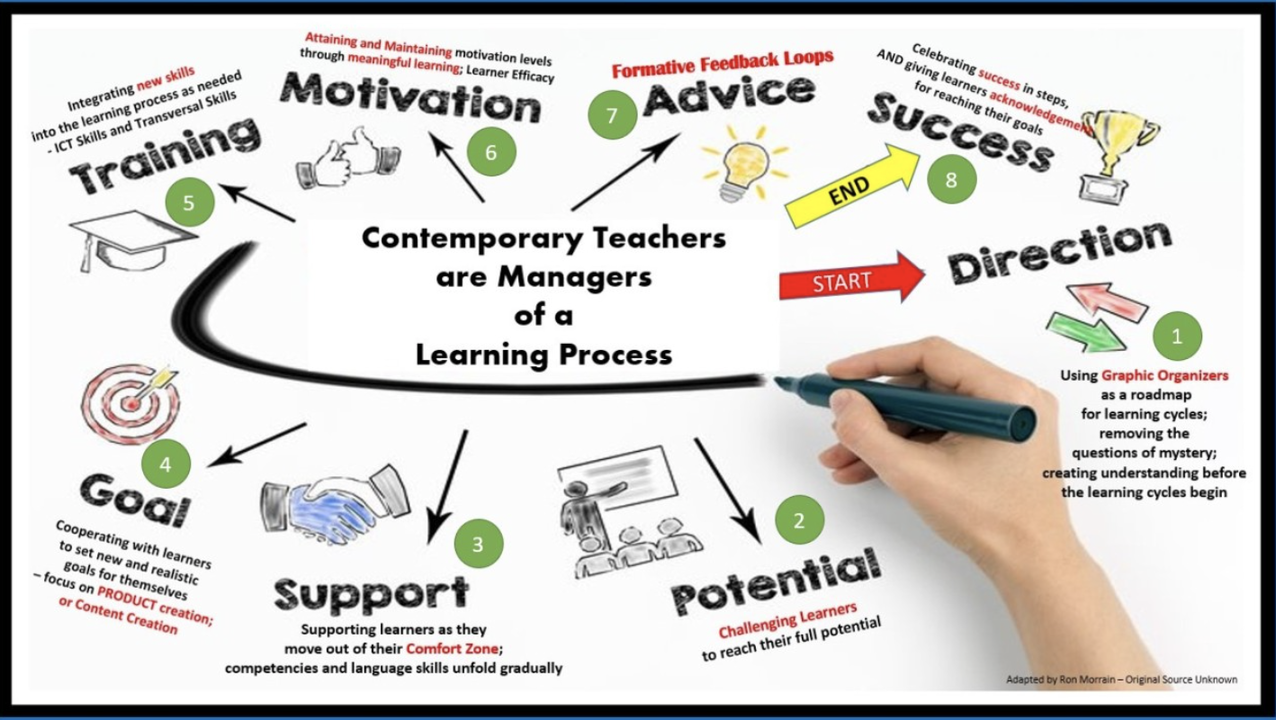By Dr. Tassos Anastasiades
“Educating Everyone” delves into the concept of Relational Inclusion, urging schools to rethink traditional views on mental health and behaviour.
It questions conventional behaviour management approaches that have been in place since the start of compulsory state education and introduces inclusive strategies to understand the root causes of behavioural challenges.
This book provides practical insights and tested strategies for educators to create a nurturing environment, benefiting all students.
In his article on Relational Inclusion, Anthony Benedict provides a profound exploration of creating supportive and inclusive learning environments.
This article has greatly influenced my own thinking as an educator and leader, prompting deeper reflection on effective strategies, particularly for students with social, emotional, and mental health (SEMH) needs ([Benedict, n.d.](https://schoolsweek.co.uk/how-to-create-a-culture-of-compassion-and-repair/)).
In this analysis, I will delve into Benedict’s focus on the transformative power of relationships and discuss how it offers a compelling and practical framework for educators.
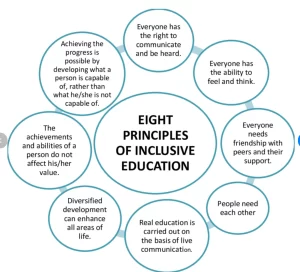
Understanding Relational Inclusion
Relational Inclusion is about building strong, positive relationships within the entire school community. It’s a conscious and sustained effort to foster genuine connections between students, teachers, and staff, creating a palpable sense of belonging where every individual feels valued and understood.
This sense of belonging is absolutely paramount, especially for students with SEMH needs, who often benefit enormously from a consistently supportive and understanding environment. For example, a simple “check-in” at the start of the day, where a teacher greets each student individually and asks how they are feeling, can make a huge difference to a student who might be struggling. This simple act of connection can signal care and create a sense of safety.
Benedict rightly highlights the dramatic improvements in behaviour, attendance, and engagement that result from prioritising Relational Inclusion.
These improvements aren’t merely coincidental; they’re a direct consequence of cultivating a positive and supportive school climate.
Behaviour improves as students feel more connected and understood, reducing the need to act out or disengage. Imagine a school where restorative practices are used to address conflict, focusing on repairing relationships rather than simply punishing misbehaviour (Hopkins, 2011).
Attendance increases as students feel a sense of belonging and value within the school community, making them want to be present.
A school that celebrates student achievements, both big and small, and actively involves families in school life is likely to see improved attendance (DfE, 2019). Engagement in learning flourishes as students feel safe, supported, and motivated to participate.
Think of a classroom where students are given agency in their learning, where their voices are heard and their ideas are valued, and where collaborative learning is encouraged (Sir Ken Robinson, 2015).
Benedict’s observations resonate strongly with my own experiences and research, underscoring the crucial role of belonging in student success. When students feel genuinely connected and valued, they are far more likely to thrive, both academically and socially.
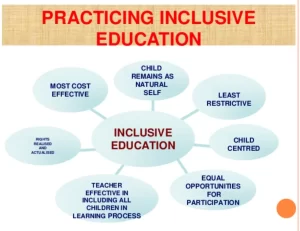
The How of Relational Inclusion
What particularly struck me about Benedict’s article was his emphasis on the how of Relational Inclusion. It’s not enough to simply pay lip service to the importance of relationships; we must actively and intentionally cultivate them.
Benedict’s work rightly underscores the need for proactive strategies, systemic support, and a shared commitment from the entire school community.
This means moving beyond simply reacting to problems and instead proactively building relationships through consistent effort and well-designed strategies.
Key Reflections
The Importance of Context
While the fundamental principles of Relational Inclusion are universal, their implementation must be carefully tailored to the specific context of each school.
Understanding the unique needs and challenges of the student population, the staff expertise, and the existing school culture is absolutely essential for effective implementation.
A school in a rural setting, for instance, might need to consider different strategies for engaging families than a school in a busy city.
The Role of Leadership
School leaders play a pivotal role in fostering a genuine culture of Relational Inclusion. They must not only model the behaviours they expect from others but also provide the necessary resources and support, and create robust systems that actively promote connection. Leaders set the overall tone and create the conditions for Relational Inclusion to flourish.
The Power of Collaboration
Relational Inclusion is not something that can be achieved in isolation. It will require genuine collaboration among teachers, staff, administrators, students, families, and the wider community. It is, by its very nature, a collective endeavour that requires buy-in and active participation from all stakeholders.
The Need for Ongoing Evaluation
I suggest that it is vital to continuously evaluate the effectiveness of Relational Inclusion initiatives. This will involve gathering data on student outcomes, actively seeking feedback from all stakeholders, and making adjustments as needed.
Regular and thorough evaluation will ensure that efforts are effective and allows for continuous improvement and refinement of practice.
Moving Forward
Providing Professional Development
What is required is high-quality professional development opportunities for educators on the core principles and practical applications of the concept of Relational Inclusion.
Advocating for Systemic Change
We as leaders need to advocate for policies and practices that support and embed Relational Inclusion at the local and national levels.
I firmly believe that Relational Inclusion has the potential to transform education.
By genuinely prioritising relationships, we can create schools where every single student feels valued, supported, and empowered to reach their full potential.
I am deeply grateful to Anthony Benedict for sharing his valuable insights and inspiring me to continue this crucial work.
His article has provided a robust framework for my own thinking and practice, and I am eager to contribute to the growing movement of educators who are passionately committed to creating more relational and inclusive learning environments for all.

